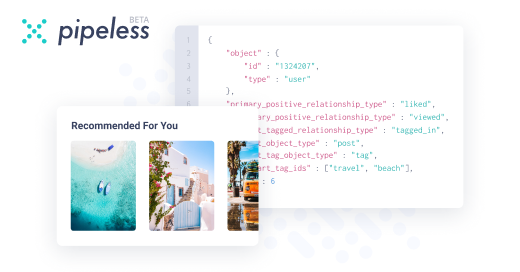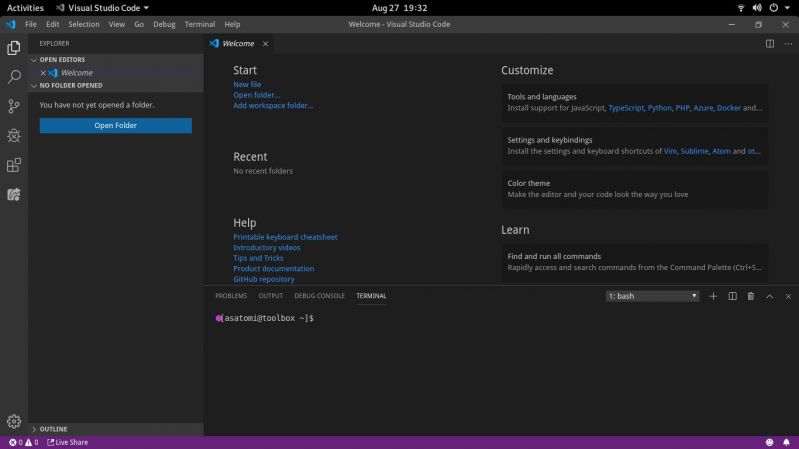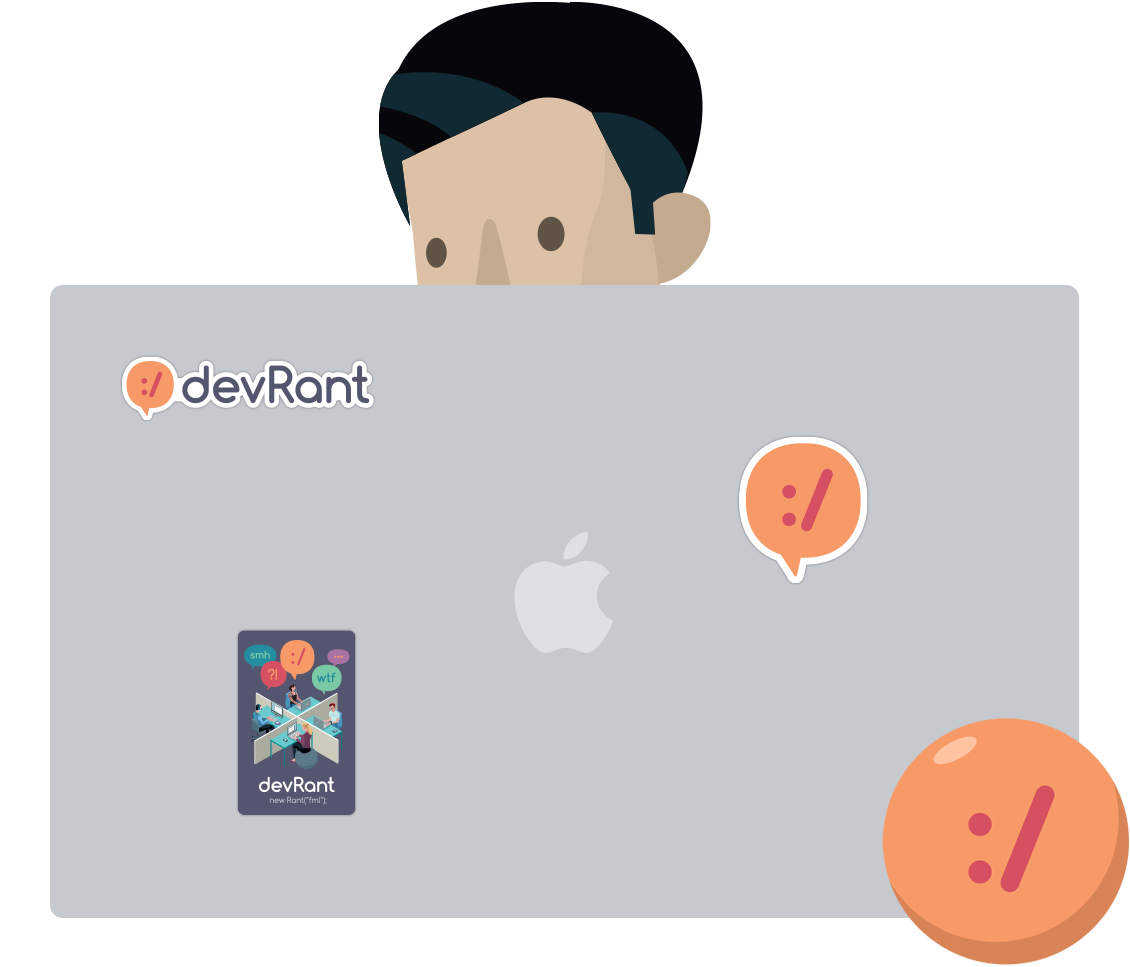Join devRant
Do all the things like
++ or -- rants, post your own rants, comment on others' rants and build your customized dev avatar
Sign Up
Pipeless API

From the creators of devRant, Pipeless lets you power real-time personalized recommendations and activity feeds using a simple API
Learn More
Search - "flatpak"
-
I finally moved to Fedora Silverblue 30 which is a really awesome OS.
Silverblue Edition unlike the standard version, runs a immutable core. That means the entire FS is not writable except for certain parts that are mounted to /var. While this is limiting, this allows for atomic updates, which is the whole point of Silverblue.
Now this also might throw off even myself, because I might need to run VSCode in the host and I might need C++ libs. Fortunately there's a tool named toolbox that allows you to use standard DNF inside a OCI container. Now the thing is, now you need to tell your IDE to use it after installing it.
I wrote a little helper script to do just that. I wrote it primarily for VSCode but it should also work for your IDE if you happen to want to try to use Silverblue.
Helper script: https://t.co/sXYOgcwLBg?amp=1
Also if you wanna try Silverblue for yourself, here's some notes:
* To install apps, you need to run flatpak. Make sure you also have the flathub repo listed.
* don't use the Flatpak version of the IDEs. If possible, use the RPM versions. Silverblue allows you to install traditional packages (to some degree, not everything works in this thing because of the immutable design) in the host. So as much as possible if you need dev libs, use toolbox for those.
* Silverblue also comes with podman and buildah installed (aka what if Docker had no daemon and was more secure?)
*Do your updates via rpm-ostree upgrade, or turn the auto updater on if you're lazy
All in all I like this environment, I've used this kind of workspace before (Chrome OS), so its pretty easy for me to get used to.
What do you think guys, think you'll give it a shot? 5
5 -
"Flatpak is the best package manager because it doesn't use your local fs and it does all sorts of lib-sharing and the more you use it the less space things take up and..."
it hosed /usr when installing one (1) program from the official repo
So very glad I keep last-good system partitions backed up to another drive. 6
6 -
snapd and flatpak, are more harm than use. popularizing bloatware junk in a fairly clean ecosystem like linux, is neither good for devs nor users. linux distributions are already a mess for desktop use, let's not make it worse.9
-
Been using Linux for years now and only now just discovered appimage's... Fuck me where have you been all my life?!
It's like snap and flatpak but not slow and shit! -
Daily driving alpine linux on my laptop. Excellent distro:
- Probably the most secure linux in the world, with very low attack surface and a lot of money being spent to keep it secure — alpine is the most popular linux for docker containers, and everyone uses docker nowadays
- no systemd (but openrc, way lighter)
- no apt (but apk, the fastest deps manager for linux bar none)
- no glibc (but musl, way lighter)
- no sudo (but doas, lighter)
- wayland and gnome work out of the box
- flatpak for heavy ubuntu-centric apps like some browsers. Librewolf, Firefox and Chromium don't require flatpak, they're in the main index
- I couldn't figure out secure boot in ubuntu. I read all the manuals, to no avail. GPT-4.5 couldn't figure it out either. It was a deal-breaker for me — I need secure boot. In alpine, I spent one morning (today) and got up and running relatively easily. It just works
- everything is stupid fast
- usually, in minimal distros, you expect the desktop part to work, but dev & serious parts to be a PITA. In alpine, both work flawlessly bc it's a server-oriented distro
Alpine ftw!17 -
Hello everyone, I've been looking for a long time to switch from Windows to Linux (on my tower, I have a macbook). The only problem being that I can't decide at all. I've heard a lot of good things about Linux Mint, Manjaro and Arch (especially here for him), I don't know which would be best for me (I'm in my last year of a master's degree in computer systems architecture) because most of the time when I use a Linux it's a simple Debian in CLI.
Also, I have no idea which GUI to choose between KDE Cinamon and other modern not too childish GUIs. Can you help me find arguments to choose the right one?
I also like sometimes playing video games like WoW or Diablo 3 but I guess it will work with Winepak with Flatpak.
Thank you in advance for your help and thank you devRant to exist :).
PS: Si il y a des francophones, Faites moi signe :) 7
7 -
linux rant number 23094823094
Linux is a marvel of modern engineering. Well, at least in a sense that it somehow manages to work despite its design.
Basic commands like ls, grep, rm, cp (think busybox) do work predictably. Given that some of them are older than you and me combined (grep is 51 years old), it would've been weird if they didn't.
Yet, when comes the time to configure linux itself, there is no right way to do it — there are 5 or 6 wrong ones.
The wrong way number 1 to configure linux is to use predictable commands and their combinations. You know, cat + grep some config files, then awk to change them… If you do it, you will instantly break your system to the point that you'll have to back up your data, reinstall everything and put your data back.
All the other wrong ways are wrong because each of them will break your system in their own unique way. All of them kinda-sorta do what you want, at the expense of messing up some other things that have nothing to do with what you were trying to fix. The worst way to use them is combining one wrong way with some other one, like configuring xorg directly and then using ubuntu-specific userland config tools. This will instantly break your system too.
You'll have to google/chatgpt your way through historic quirks that are somehow still there in 2025. Remember: the worse the shell command looks, the more likely it is that it's the right way (or at least the least wrong way) to do things in linux.
Some minimal distros like alpine is a notable exception, in a way that they're more predictable, but they will become useless the moment you try to get some actual work done. I've used alpine as my desktop os for quite a while. I know what I'm talking about.
If you want so much as to install a browser, you'll have to use flatpak. But flatpak will only bail you out so many times. Your colleagues, and people that write tools that your colleagues use, are using macos, windows or ubuntu. You'll have to use whatever they're using, and if it uses glibc/is not in flatpak, well, tough cookies.
sudo apt install fuse breaks ubuntu instantly — it won't boot into graphical desktop anymore until you reinstall everything, including systemd, and do initramfs. Why does it do that in 2025? who knows.7 -
How to download anything in Kiwix flatpak version?
I only get a Javascript alert with "Error: download failed." whenever i click the "Download" button next to an item in the library.
Also: Why are desktop versions almost unusable these days.
Are devs not owning desktops anymore?!4 -
Noticed a running process called geoclue. Wanted to kill it but xdg uses it. Went down the rabbit hole, and guess what? Flatpak is the mother of all dinosaurs. Busy enough that I can't care, but like... Really, flatpak? ReAlLy???1
-
#11 of becoming an Anthropic FanGirl (UwU),
I've been wanting to try beekeeper studio for a while, but most of my DBs are in DBeaver, and have been for a while.
So pitted gemini-cli against claude-code, and prompted them identical prompts "Please, Install beekeeper studio".
B+ for effort goes to gemini-cli, it took a while but found an AppImage, which it could not download, took about 5 minutes trying, might be something related to persmissions.
Claude just found a flatpak out of the gate and installed, by the 5th minute I already asked it to migrate the connections and check if the tunnels where configured5 -
Installing applications on Linux became more like Windows. It's not something new, something that went on for years. But I just realized right now, when I tried to go to the minicube website.
I go to the website, because I want to see which install methods they actively support and keep up to date.
Is it Snap? Flatpak? Do they have a private repository for deb? Maybe some rpm? An AppImage? Maybe they keep their nix version up-to-date.
I have gone with the integrated searches of all of those and have gotten Software that barely works, just to find out, it is horiffically outdated. And I just realized, going to the website and checking how they offer the newest software is now normal for me.
Soon, they will only offer AppImages and integrate updaters into their softwares. And we will have gone full Windows. Funnily in a time in which Windows Store and 3rd party tools like chocolatey finally become really viable.9 -
I wanted to do electronic music since I was a teenager. But the first time I did something was in LMMS. I just learned how to do the software, and did some sort of shitty techno. It was kinda weird tbh. The software is still quite rudimentary and there was a lot of stuff I couldn't do. It's basically based on FL Studio. A friend of mine showed me, he was doing something more like mental tribe tekno.
Anyway one day in a tent town full of weird german people in Portugal (where I tried surf for the first time), some dude showed me Ableton. I liked the grid view.
So I took bitwig (an ableton clone), and with the right script and one of those 8x8 pad launchpad, you could record and loop things easy. So now I need this feature. I wish lmms had it and I'm planning to implement it someday, but in the meanwhile, I'm using bitwig.
But noway I'm paying 200 euros everyyear. So I downloaded a crack. The crack is in flatpak.
But it doesn't have good synth. Zynaddsubfx is the synth I was using in lmms and it's pretty decent, with the right preset it can generate out-of-this-world sounds. But the issue is that it needs some library.
Not that big on the linking part of binary code, but asaik usually, the vst (so a .so or a .dll) is linked to libraries directly. But no, not here, because flatpak is sandboxing the /usr/lib directory. So even though I installed the right library from the AUR (arch repos), it couldn't see it.
So I was stuck. I couldn't use the synth, which blocked me in my artistic energy. It was bad after I lost my laptop but I'm trying to get back into it. And I found myself limited by the samples to be honest, I want to compose stuff and sample that instead. Maybe sample some music directly (now that I can use IA to separate tracks in a song that's way easier). But I was stuck, I couldn't have the synth I wanted in my DAW.
But then I found the solution. It's very simple. Guess what it is.2
